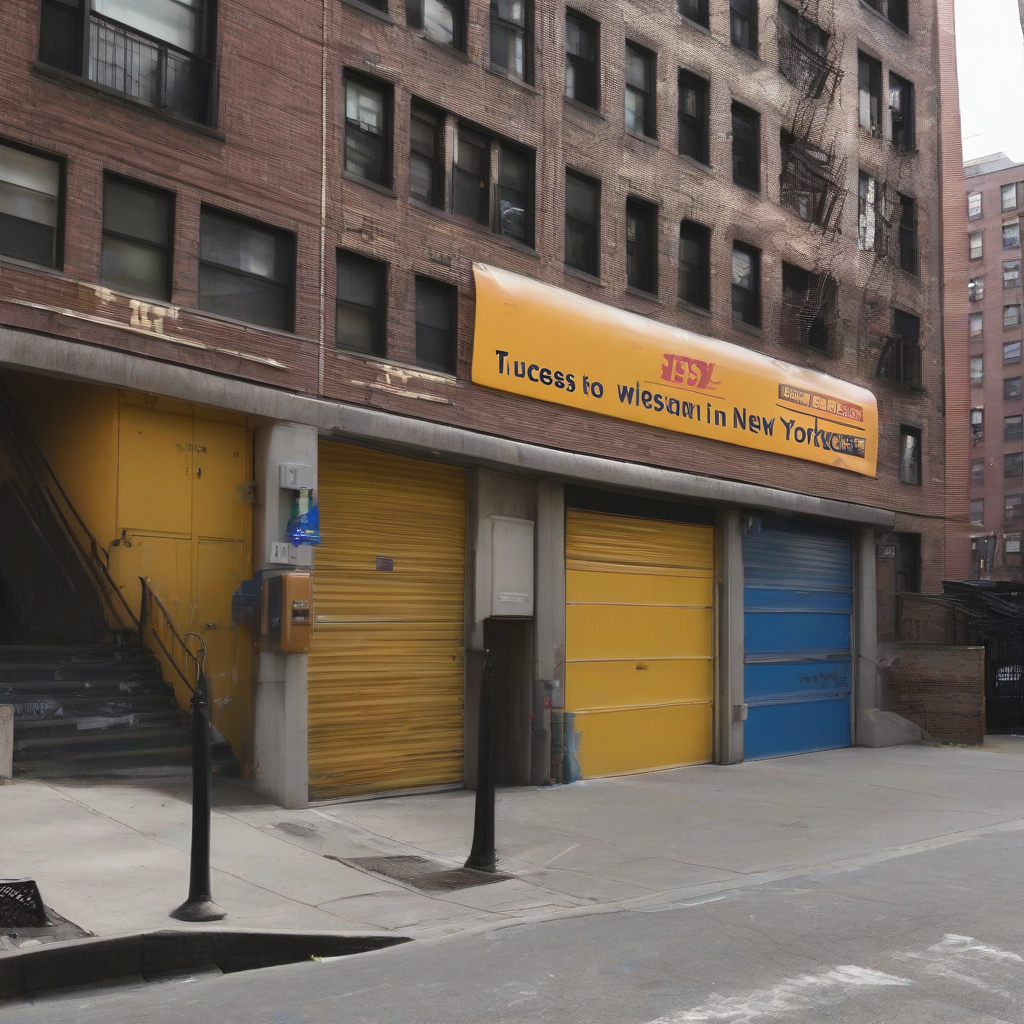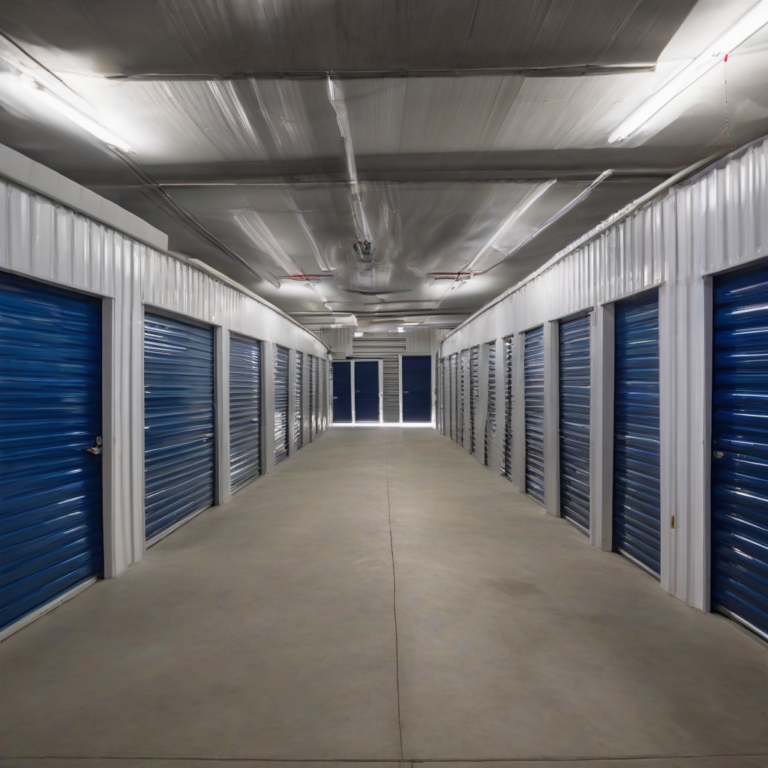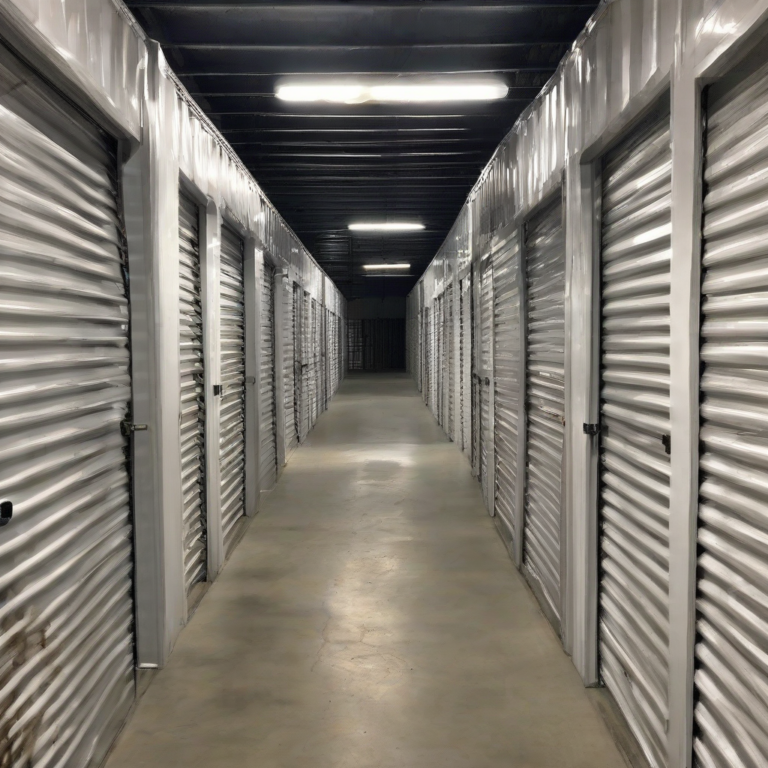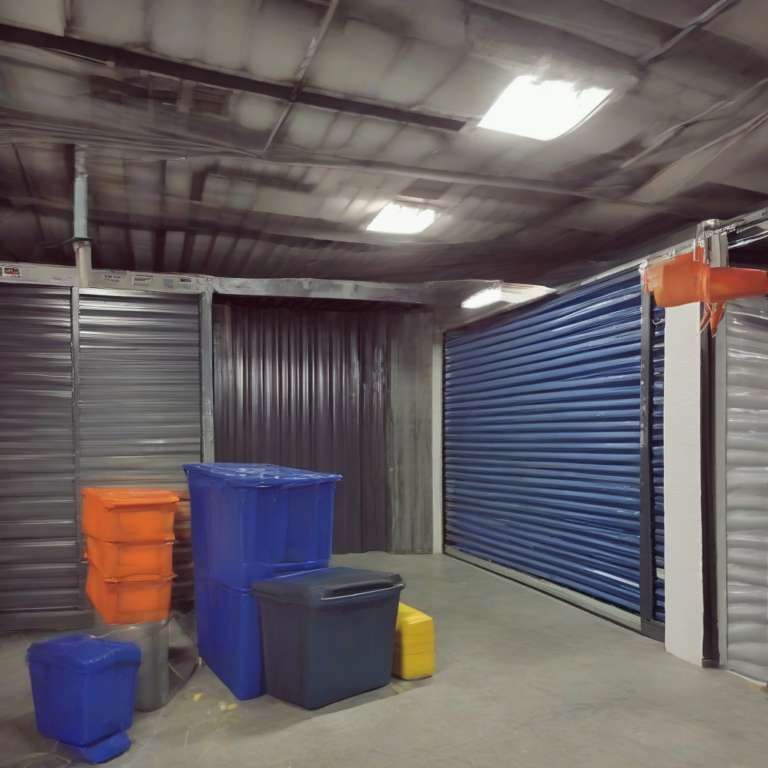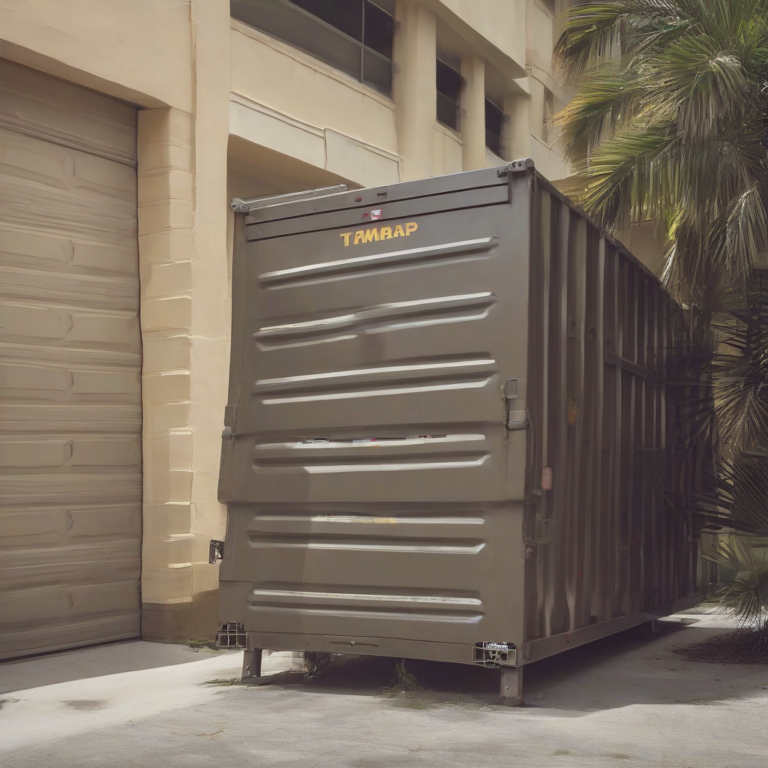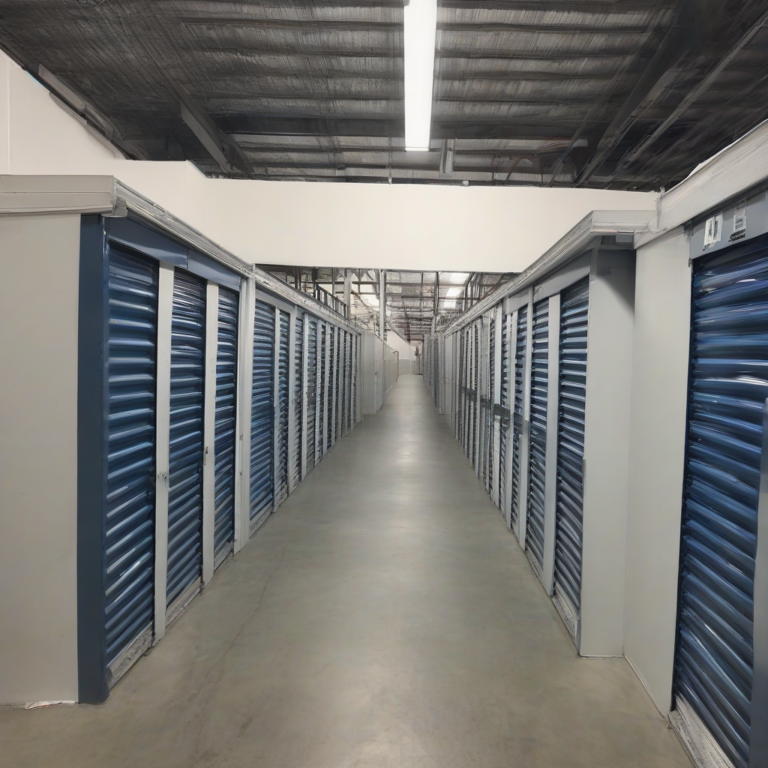Navigating the Maze: Your Ultimate Guide to Self Storage in New York City
Navigating the Maze: Your Ultimate Guide to Self Storage in New York City
New York City, a concrete jungle teeming with life and opportunity, presents a unique set of challenges, especially when it comes to space. The high cost of living and limited square footage in apartments and homes often necessitate the use of self-storage units. This comprehensive guide will navigate you through the complexities of finding the perfect self-storage solution in the Big Apple.
Understanding NYC’s Self Storage Landscape
The NYC self-storage market is a dynamic and competitive one. Factors like location, unit size, amenities, and security significantly impact pricing. Understanding these factors is crucial before embarking on your search.
Location, Location, Location
The closer you are to Manhattan and other densely populated areas, the higher the rental rates will likely be. Consider your commute and accessibility needs when choosing a location. Storage facilities in outer boroughs like Brooklyn, Queens, or the Bronx may offer more affordable options, but factor in travel time and costs.
Unit Sizes and Types
- Small Units (5×5, 5×10): Ideal for storing seasonal items, small furniture pieces, or boxes of personal belongings.
- Medium Units (10×10, 10×15): Suitable for the contents of a studio apartment or a single room.
- Large Units (10×20, 10×30): Can accommodate the contents of a larger apartment or even a small house.
- Climate-Controlled Units: Essential for protecting sensitive items like electronics, furniture, and artwork from extreme temperature fluctuations.
- Drive-Up Units: Offer easy access for loading and unloading, particularly helpful for large or bulky items.
Amenities and Security
- 24/7 Access: Allows for flexibility and convenience in accessing your belongings.
- Security Features: Look for facilities with security cameras, gated access, and alarm systems to protect your stored items.
- Packing Supplies: Some facilities sell boxes, tape, and other packing supplies on-site, saving you a trip to a separate store.
- Moving Truck Rentals: Certain storage companies offer moving truck rentals, simplifying the moving process.
Finding the Right Self Storage Facility in NYC
Finding the right self-storage facility involves careful research and comparison shopping. Here’s a step-by-step guide:
Online Research
Start by utilizing online search engines and self-storage comparison websites. These platforms allow you to filter results based on location, unit size, price, and amenities. Read reviews and compare pricing from multiple facilities before making a decision.
Visiting Potential Facilities
Once you’ve narrowed down your options, visit the facilities in person. This allows you to assess the cleanliness, security, and overall condition of the facility. Check for any signs of damage or neglect. Ask questions about their security measures, access policies, and insurance options.
Negotiating Prices
Don’t hesitate to negotiate the price. Self-storage facilities often have some flexibility in their pricing, particularly if you’re committing to a longer rental term. Ask about any discounts or promotions they may be offering.
Factors Influencing Pricing
Several factors contribute to the wide range of prices in NYC’s self-storage market:
- Location: Prime locations in Manhattan command significantly higher prices than facilities in outer boroughs.
- Unit Size: Larger units naturally cost more than smaller ones.
- Amenities: Climate control, 24/7 access, and enhanced security features increase the rental cost.
- Demand: Areas with high demand for storage space tend to have higher rental rates.
- Lease Term: Longer lease terms may qualify for discounted rates.
Insurance and Legal Considerations
Protecting your belongings is paramount. Understand the storage facility’s insurance policies and consider supplemental insurance to cover your stored items against damage or theft.
Insurance Options
- Facility Insurance: Some facilities offer basic insurance coverage, but it might not be sufficient for high-value items.
- Renter’s Insurance: Your renter’s insurance policy might extend coverage to belongings stored off-site.
- Separate Storage Insurance: Consider purchasing a separate insurance policy specifically designed for stored goods.
Legal Aspects
Read the lease agreement carefully before signing. Understand the terms and conditions, including the length of the lease, payment terms, and the facility’s liability in case of damage or loss. Ask questions if anything is unclear.
Tips for Efficient Storage
Maximizing your storage space and protecting your belongings requires careful planning and organization.
- Purge Unnecessary Items: Before storing anything, declutter and get rid of items you no longer need or use.
- Proper Packing: Use sturdy boxes, wrap fragile items carefully, and label boxes clearly.
- Vertical Storage: Utilize vertical space by stacking boxes and using shelf units.
- Inventory: Create an inventory list of your stored items, including photos if possible.
- Regular Inspections: Periodically check on your stored items to ensure they are in good condition.
Alternatives to Traditional Self Storage
For those seeking more budget-friendly or convenient options, consider these alternatives:
- Shared Storage Spaces: These offer smaller, more affordable storage options, often within a communal setting.
- Off-site Storage Services: Companies specializing in pickup and storage of items offer convenient alternatives.
- Consignment Shops and Auctions: Selling unwanted items can free up space and generate income.
Conclusion (Omitted as per instructions)
